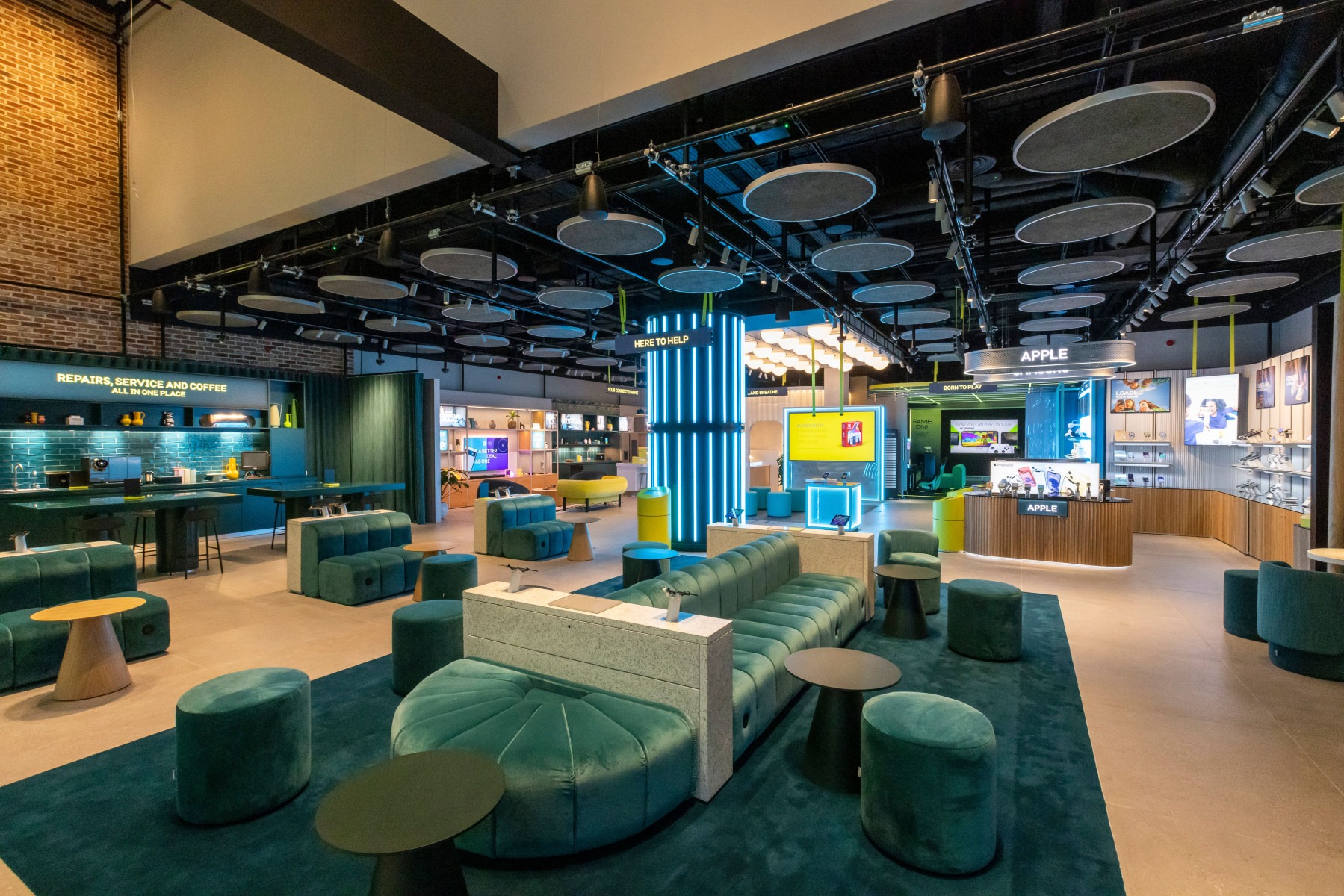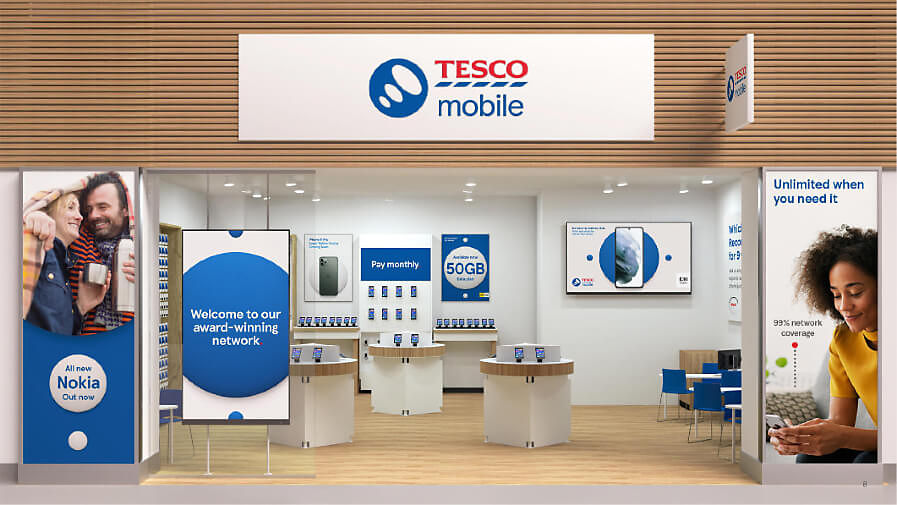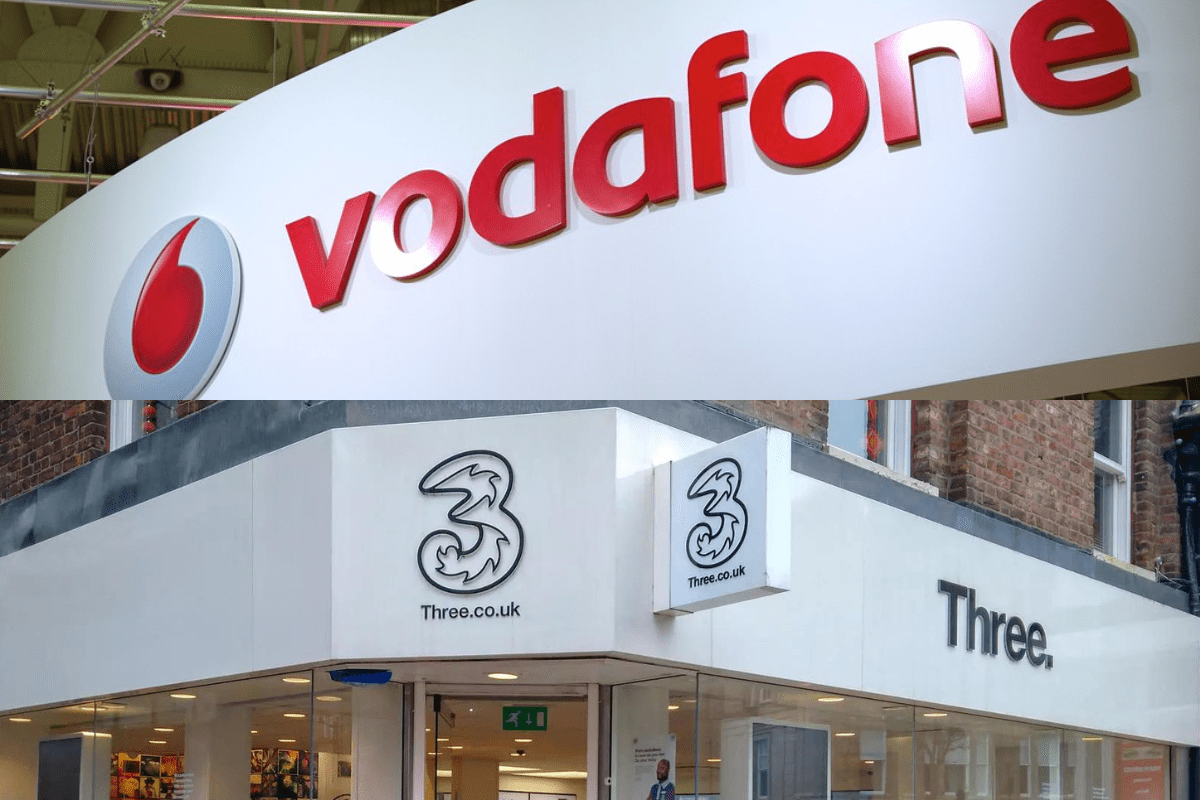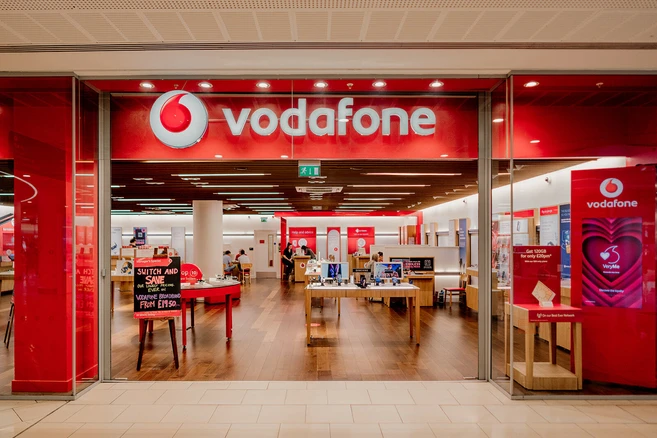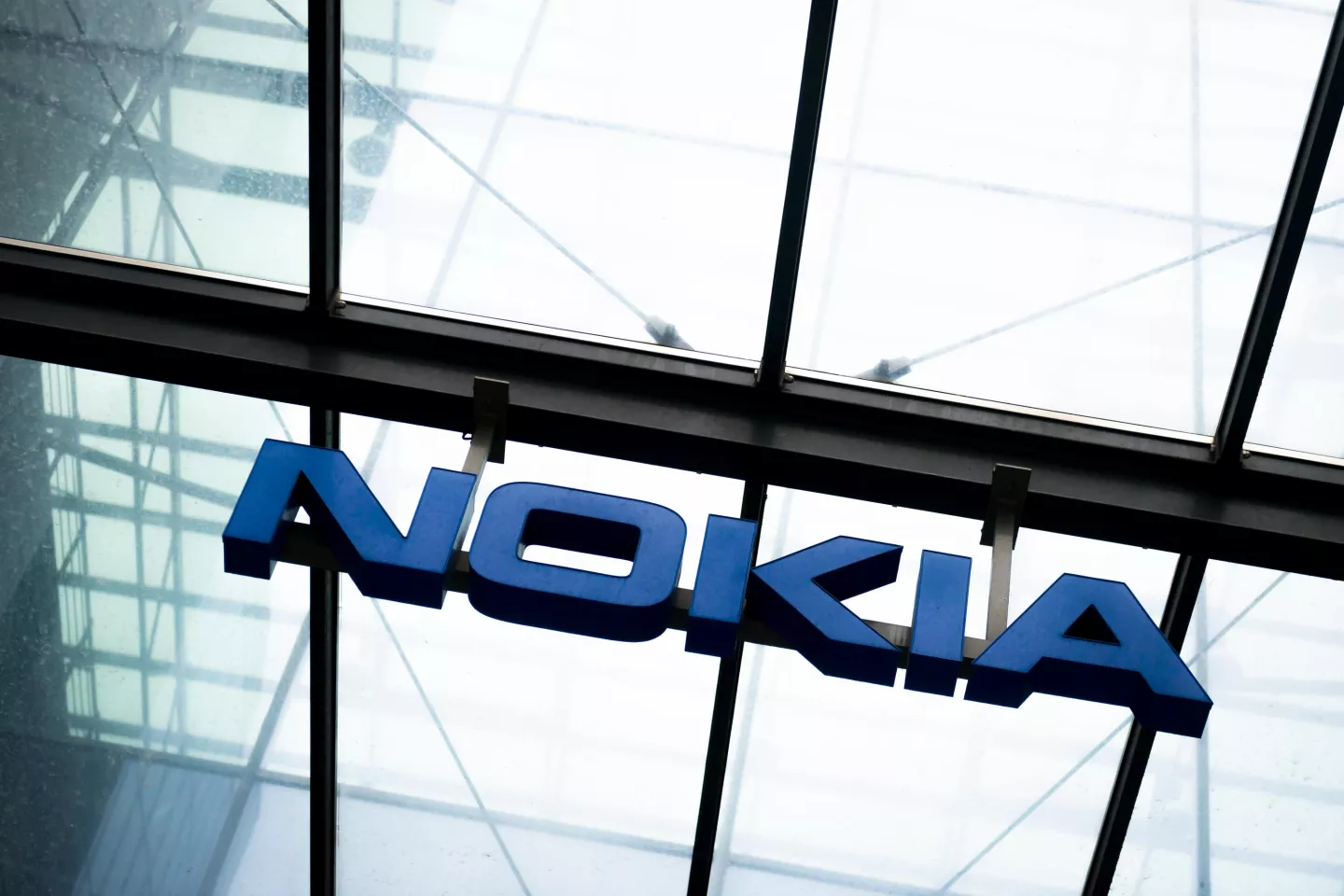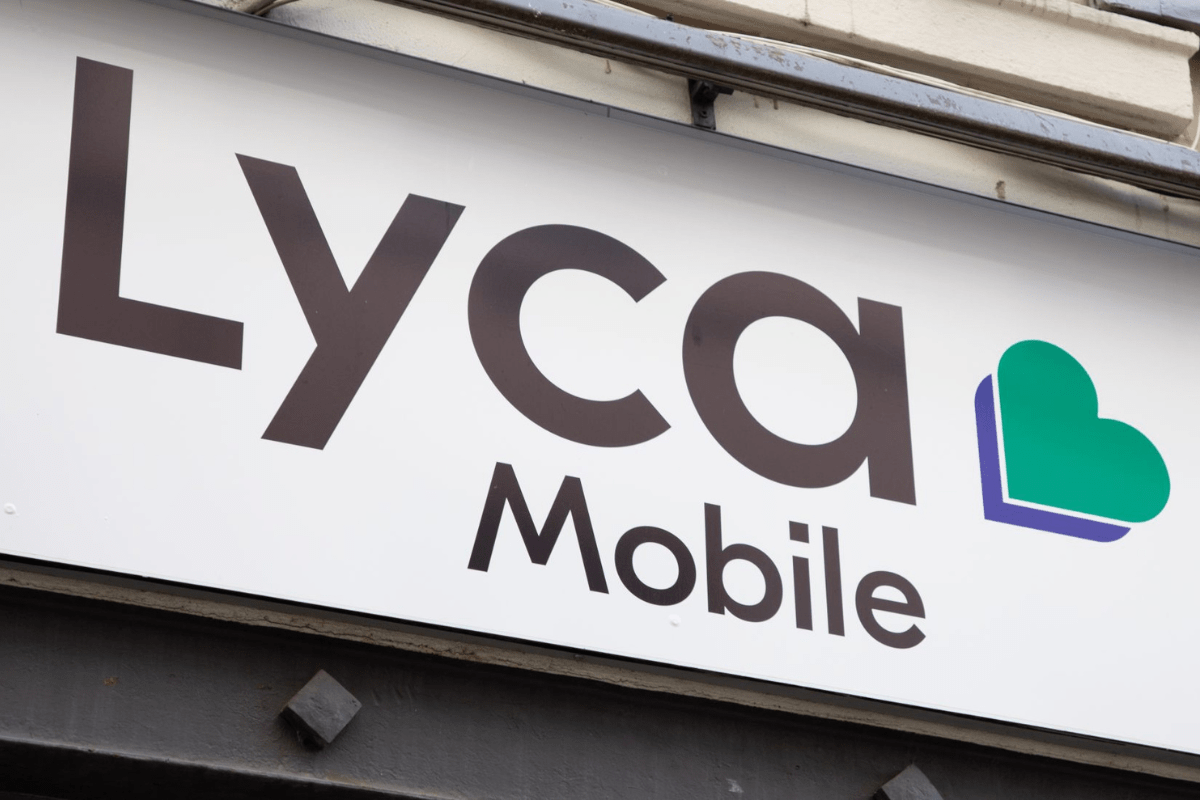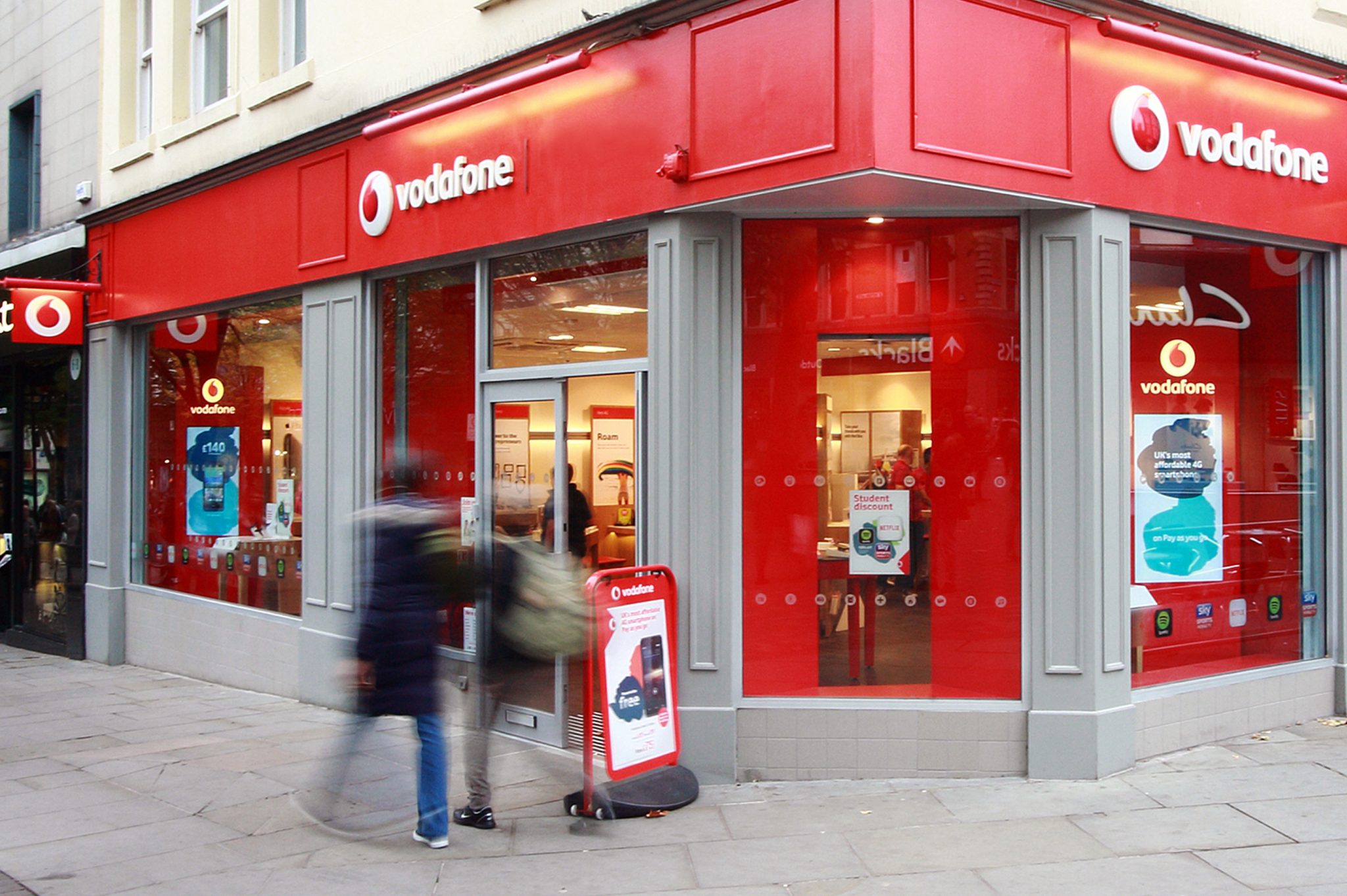
Starfish 360, a mobile marketing strategy firm focused on the retail sector, outlined the five mCommerce mistakes retailers don’t want to make at an event in Manchester yesterday, ‘How to achieve world-class best practice in mobile marketing’.
Starfish CEO Chris Brassington outlined the points in his presentation, namely:
- Not doing anything – Retailers who fail to implement an mCommerce framework will lose sales in 2011 to competitors who do. ASOSs mobile revenues topped £1m in the UK during December, double the e-tailers expectations.
- Not allowing the customer to transact – In the UK, 7.7m consumers want to shop on their mobiles phones, according to research by Populus for online shopping club, Glamoo.
- Delivering an inconsistent, unpersonalised customer experience across the mobile channel by platform, and obsessing over iPhone apps.
- Not linking with social media – Starbucks opened a Facebook eCommerce page in 2010 with a mobile commerce dimension, which earned Starbucks the number 10 spot for liked brands on Facebook (according to Fan Page List) with over 16 million likes.
- Assuming eCommerce is similar to mCommerce when it has to be looked at in a completely different way – screen size, operability, portability, location, payment methods, redemption mechanics and personal communicator are all different.
“There has been a seismic shift in consumer behaviour due to mobile technology. Everyone is scrabbling to react and making basic mistakes,” says Brassington. “Our workshop successfully enabled guests to take a strategic step back and see where they could potentially go wrong – and, more importantly, where they can do it right.”
Other speakers at the event included Paul Berney from the Mobile Marketing Association, and mBlox CEO, Andrew Bud. The seminar was chaired by David Smith, managing director of the Interactive Media in Retail Group.
David Murphy writes:
I attended the Starfish event yesterday. The presentations were of a high standard, and there was some good debate. One point discussed over lunch was how little the in-store environment has changed over the past 10 years. For sure, after a slow start, traditional, bricks & mortar retailers have got the internet and e-commerce, but walk into most stores on the High St. today, and they look pretty much the same as they did 10 years ago, save for a lick of paint and some new merchandising units.
I think we can expect that to change over the next 12 months, as retailers come to terms with the fact that their customers are comparison-shopping from within the store. The more enlightened will offer their customers free wi-fi, and when customers connect, take them to a mobile-optimised microsite targeted specifically at people who are online on their phones within one of their outlets. This will give them detailed product information on goods for sale, together with discounts and offers to keep customers loyal. It’s also likely that we will see more use of mobile barcodes in store to give shoppers a shortcut to information about particular products.
During the Q&A session, one delegate from a catalogue company with no physical retail outlets asked if location-based mobile marketing had anything to offer his company. It was an interesting question, and got an even more interesting answer from Starfish consultant Rufus Evison, who explained how he frequently sees groups of women gathered in Starbucks, browsing another home shopping company’s mobile site. Evison added that one or two of the women usually bought something while they were in Starbucks, or had bought something by the time they met up again the following week.
I don’t think it was an answer anyone expected, and shows both the opportunity and the challenge facing retailers when it comes to going mobile. There’s so much they could be doing, the first job is to identify what they should be doing.




